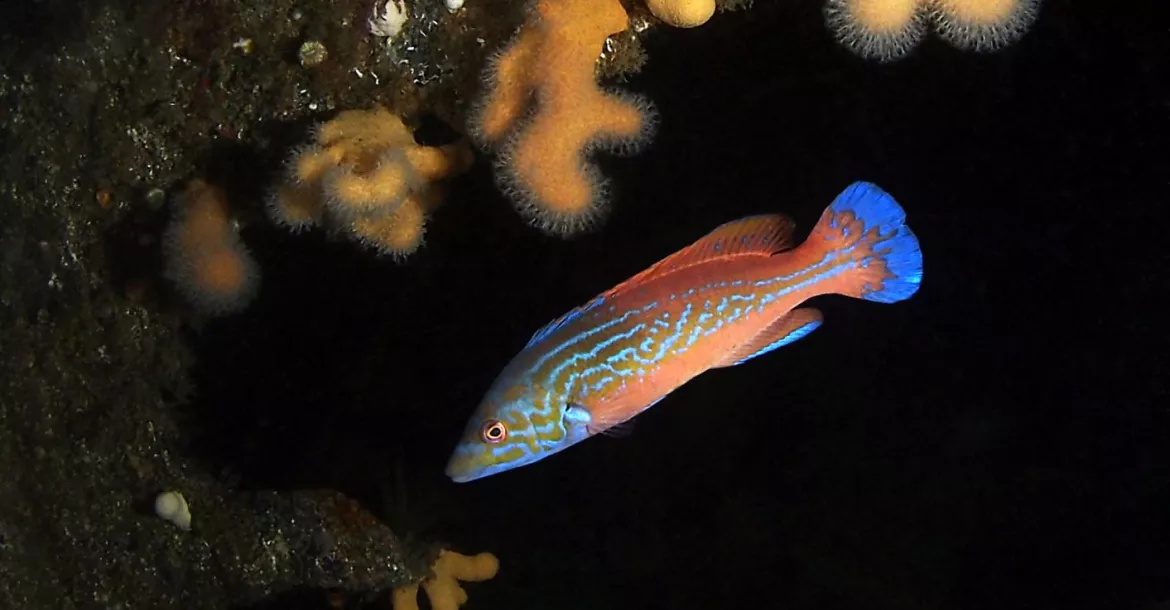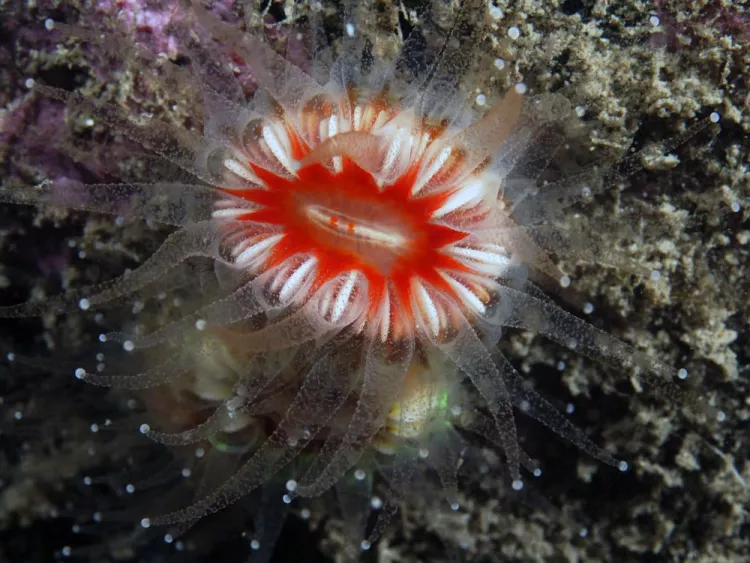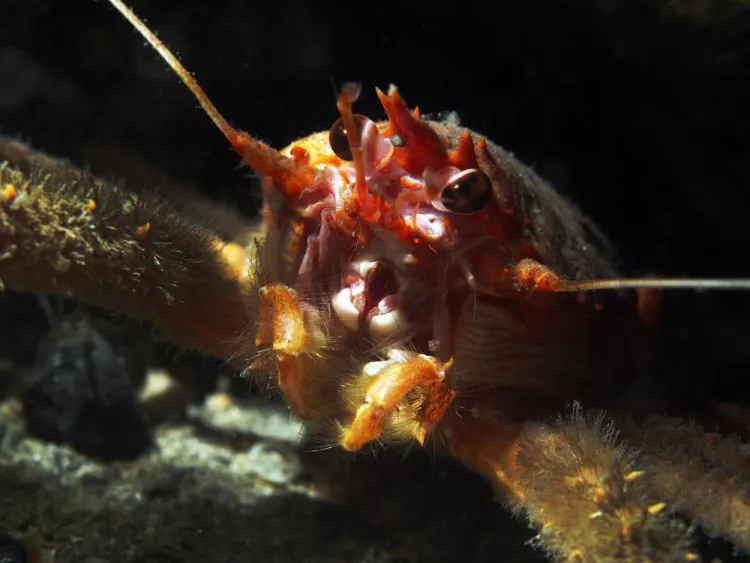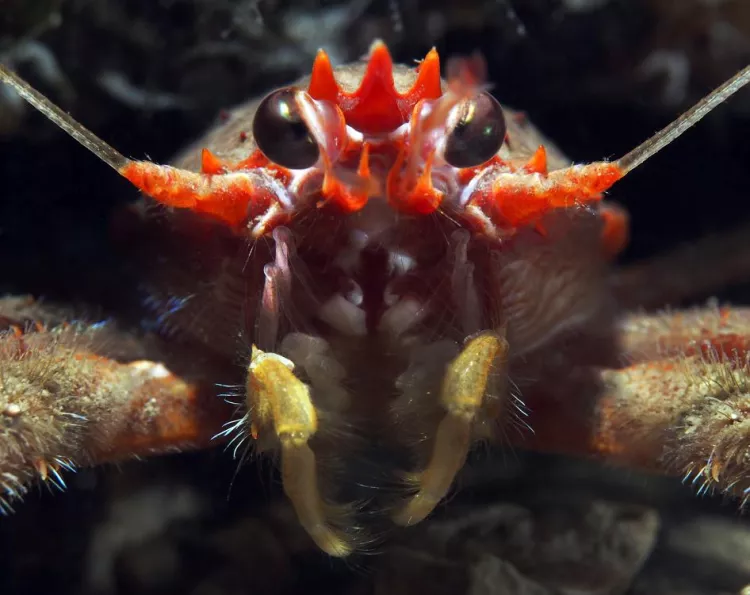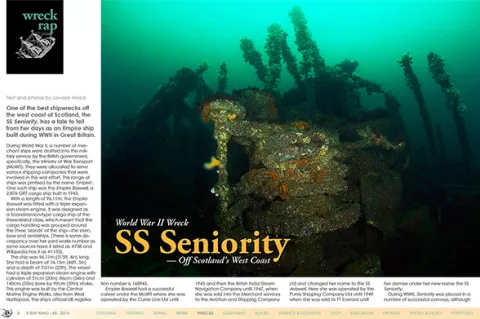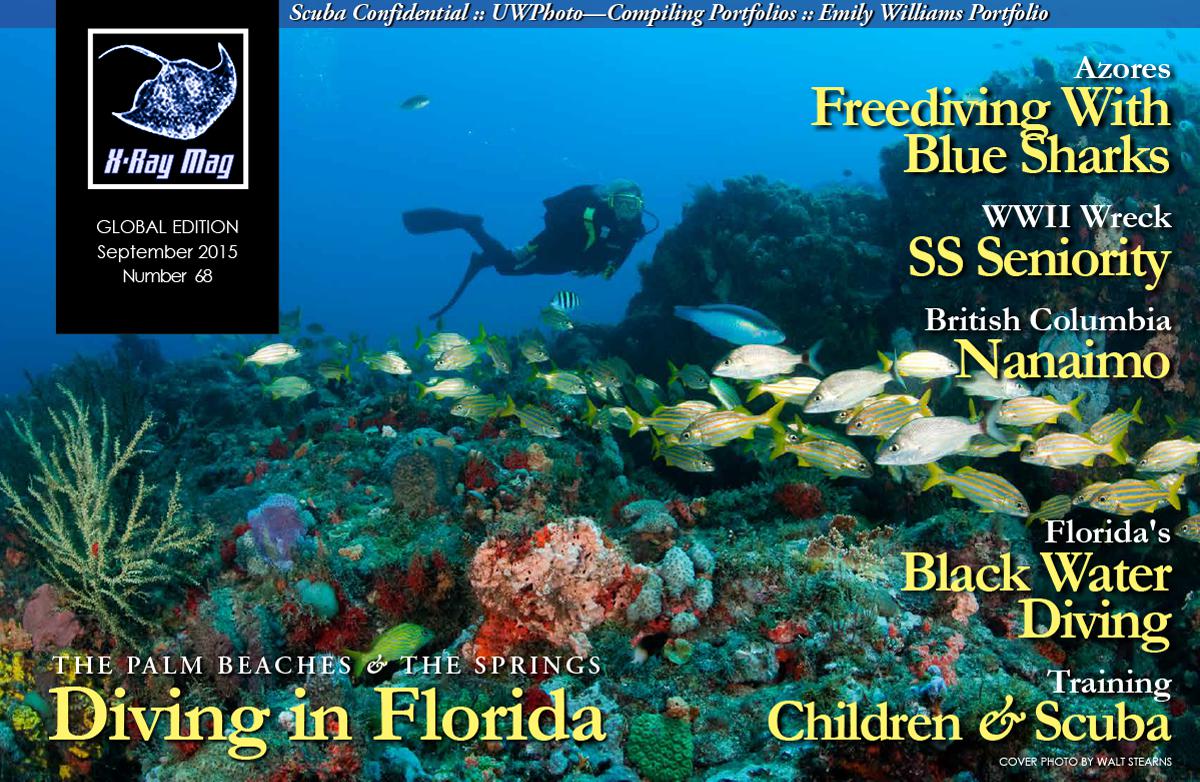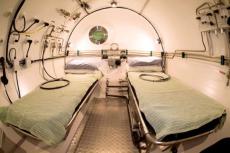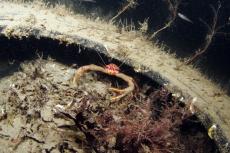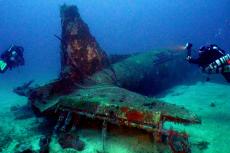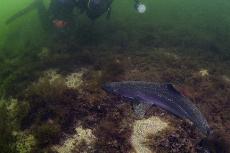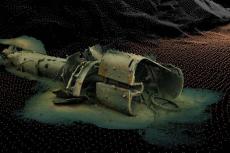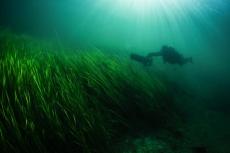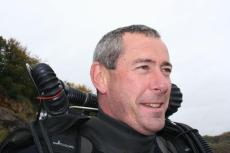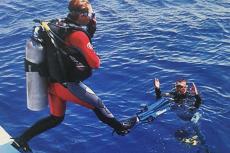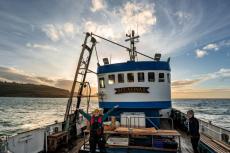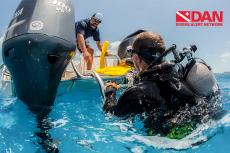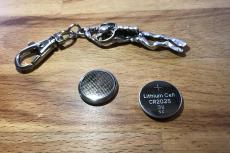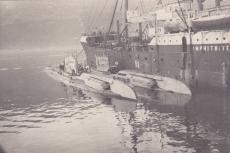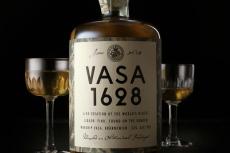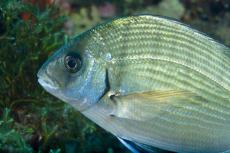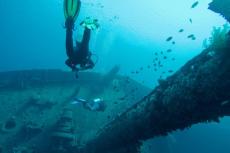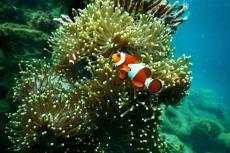One of the best shipwrecks off the west coast of Scotland, the SS Seniority, has a tale to tell from her days as an Empire ship built during WWII in Great Britain.
Contributed by
Factfile
Lawson Wood is a widely published underwater photographer and author of many dive guides and books.
For more information, visit: www.lawsonwood.com.
During World War II, a number of merchant ships were drafted into the military service by the British government, specifically, the Ministry of War Transport (MoWT). They were allocated to serve various shipping companies that were involved in the war effort. This range of ships was prefixed by the name 'Empire'. One such ship was the Empire Boswell, a 2,876 GRT cargo ship built in 1942.
With a length of 96.11m, the Empire Boswell was fitted with a triple expansion steam engine. It was designed as a Scandinavian-type cargo ship of the three-island class, which meant that the cargo handling was grouped around the three 'islands' of the ship—the stern, bow and amidships. [There is some discrepancy over her yard works number as some sources have it listed as #738 and Wikipedia has it as #1135].
The ship was 96.11m (315ft, 4in) long. She had a beam of 14.15m (46ft, 5in) and a depth of 7.01m (23ft). The vessel had a triple expansion steam engine with cylinders of 51cm (20in); 86cm (34in) and 140cm (55in) bore by 99cm (39in) stroke. This engine was built by the Central Marine Engine Works, also from West Hartlepool. The ship's official UK registration number is 168945.
Empire Boswell had a successful career under the MoWT where she was operated by the Currie Line Ltd until 1945 and then the British India Steam Navigation Company until 1947, when she was sold into the Merchant services to the Aviation and Shipping Company Ltd and changed her name to the SS Aviswell. Here she was operated by the Purvis Shipping Company Ltd until 1949 when she was sold to FT Everard until her demise under her new name the SS Seniority.
During WWII, Seniority was placed in a number of successful convoys, although she was noted as a ‘straggler’ on her way to Canada in Convoy 160 in 1943. She came back to the UK in convoy SC129 from Halifax, Nova Scotia and only took her 19 days to reach Liverpool. In convoy UGS18, she had quite a trip leaving Hampton Roads in the United States and travelled directly to Port Said in in October 1943 at the height of the war and then joined the convoy from Gibraltar to Algeria.
Whilst travelling to Ellesmere Port in ballast, the steamship Seniority ran aground on 7 November 1950 at Leinish Point in the Outer Hebrides and although she was refloated, she foundered once more off Bo Vich Chuan Rock off the southeast coast of Barra and sank on 8 November 1950.
The Glasgow Herald on Thursday 9 November 1950 recorded the event:
“The crew of the London steamer Seniority which was wrecked off the coast of Barra, Outer Hebrides late on Tuesday night during a gale, have been landed at Castlebay, Barra, by Castlebay lifeboat. A message recovered by Lloyds late yesterday stated that the vessel was aground on the rocks. Her pumps had broken down and she was settling well on her stern. Her afterdeck was fully awash. The situation, it was stated, was serious. It was reported later from Duntulm lifeboat station, Skye, that the crew of 30 had been taken off by the lifeboat. The steamer was wrecked on the rocky east coast of the island, three miles northeast of Castlebay at a spot where a Greek and Canadian ship ran ashore within 24 hours of each other during the Second World War.”
The Oban Times on the same day had the following information:
“Stranded Ship Sinks off Barra: During gales early on Thursday, the 2895-ton London cargo steamer Seniority, which went ashore off Barra on Tuesday night, disappeared in 10 fathoms of water. The Master of the Seniority, Captain I. Anderson, North Shields, who, with his crew of 30 were taken off by the Barra lifeboat and given shelter at Castlebay, intended to return to his ship on Thursday when it was expected that tugs would try to refloat her."
Finally, her fate was recorded in the Glasgow Herald on November 9:
"The London cargo steamer Seniority, which was wrecked on rocks off Barra, Outer Hebrides, on Tuesday night, sank in about 10 fathoms early yesterday during a gale. The vessel’s captain and her crew of 30 were rescued by Castlebay, Barra, lifeboat on Wednesday."
Clearly here, the crew were unable to get back to the ship; she was gone—for now.
Diving the wreck
It was whilst exploring the Outer and Inner Hebrides on the Elizabeth G liveaboard in September 2014 that Rob Barlow, the owner and skipper of the vessel suggested that we may "quite like" the dive on the steamship Seniority! As I was an avid photographer and with my interest in shipwrecks, this seemed like a perfect opportunity to dive a relatively undived wreck in calm, sheltered waters.
Overnighting in a bay off the south coast of Barra, near Castlebay, we discussed the forthcoming dive, but there was very little information available on the wreck, other than that she was in 18- 21m (60-70ft) of water, in usually good visibility and that the ship was well strewn out over the seabed.
There's not too much planning involved in this dive; it was just a matter of jumping in with your buddy, swimming down the shotline and exploring the shipwreck until it was time to come up. Perfect!
On entering the water for our first dive, we were immediately struck by the great visibility. Even from the surface, we could see the ship quite clearly on the seabed. To our right (east) were the bows, which were lying over to the starboard side and deeply embedded in the sand and shell seabed, Just back from the bows were the start of the winching gears, anchor chain locker and forward mast. The forward hold was exposed and easily accessible. Directly under us were a series of flat plates which looked as if they may have interesting nooks and crannies. To our left (west) and ahead (north), the remainder of the ship’s upturned hull could be seen.
This is a large shipwreck and unsurprisingly has suffered over the years. Many of her ribs are exposed, but there are large sections of upturned hull that allow you access into a calm interior with the metal parts simply covered in sea squirts. The rear parts of the hull are completely laid open and the propeller has been removed—or at least it was certainly not found on the two dives we did on the ship. The large triple-expansion boiler was very evident sitting amidst the wreckage with the quite large ‘donkey’ boiler sitting next to it.
Marine life
With such clear water, there was good kelp growth on much of the superstructure and the entire area was a haven for fish life. Predominant fish were several ling, cuckoo wrasse, ballan wrasse, poor cod and thousands of sprats of unknown species of white fish. The seabed had large dahlia anemones, plenty of starfish and shell debris from scallops, queen scallops and mussels. This is quite clearly a very productive site with a high yield of marine life.
With my dive buddy, Phil Sturdy, we first explored the bows and winch gears and followed the route around the first hold. We were amazed at the number of ling, which were swimming about in the open; cuckoo wrasse were everywhere, particularly the males, sporting the incredibly colourful blue markings on the head and tails. Under the exposed hold sections, poor cod, ballan wrasse and tons of whitebait were all over the place. The plates of steel on the seabed had ling hiding underneath and the seabed was dotted with anemones, large starfish, scallops, and even small seapens.
Big hermit crabs, razor clams and burrowing anemones were dotted around the wreckage, and inevitably we were drawn towards the larger ship parts. The stern was fairly far to the north. Although we were unable to find the propeller, the drive shaft and gearing mechanisms for the engine room were very evident. The larger hull parts had pincushion starfish (Porania pulvillus) and most of the covering kelp had painted topshells (Calliostoma zizyphinum) and several species of nudibranch.
Soon enough, time was up on the ship’s exploration and we returned to the Elizabeth G, happy and satisfied after diving on one of the best shipwrecks off the west coast of Scotland. ■
SOURCES: Plimsoll Ship Data, Wikipedia
Published in
-
X-Ray Mag #68
- Läs mer om X-Ray Mag #68
- Log in to post comments

